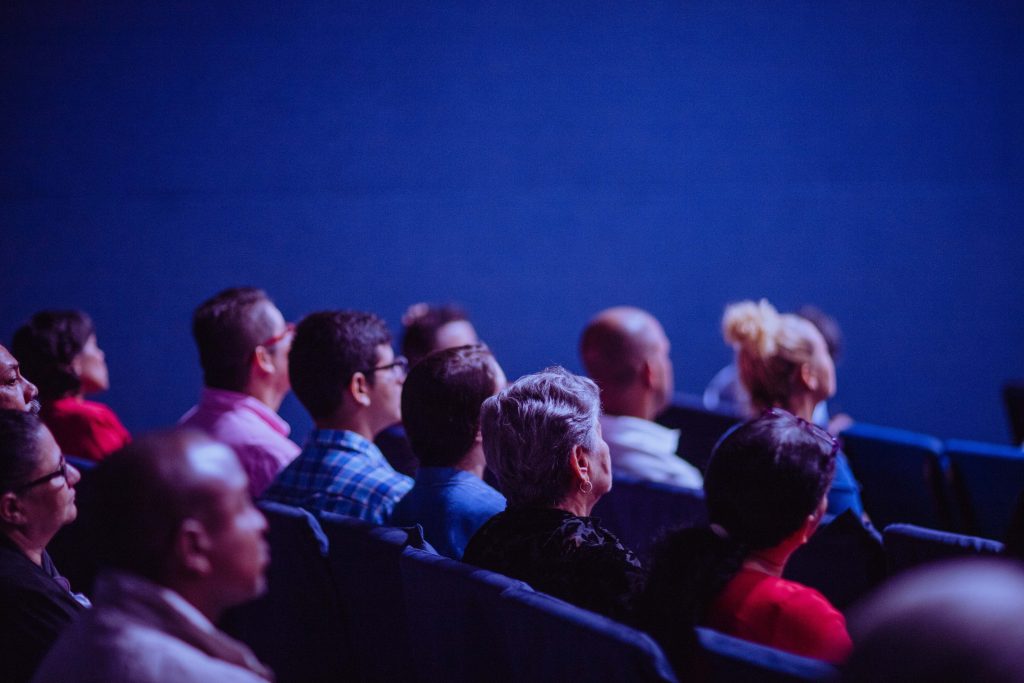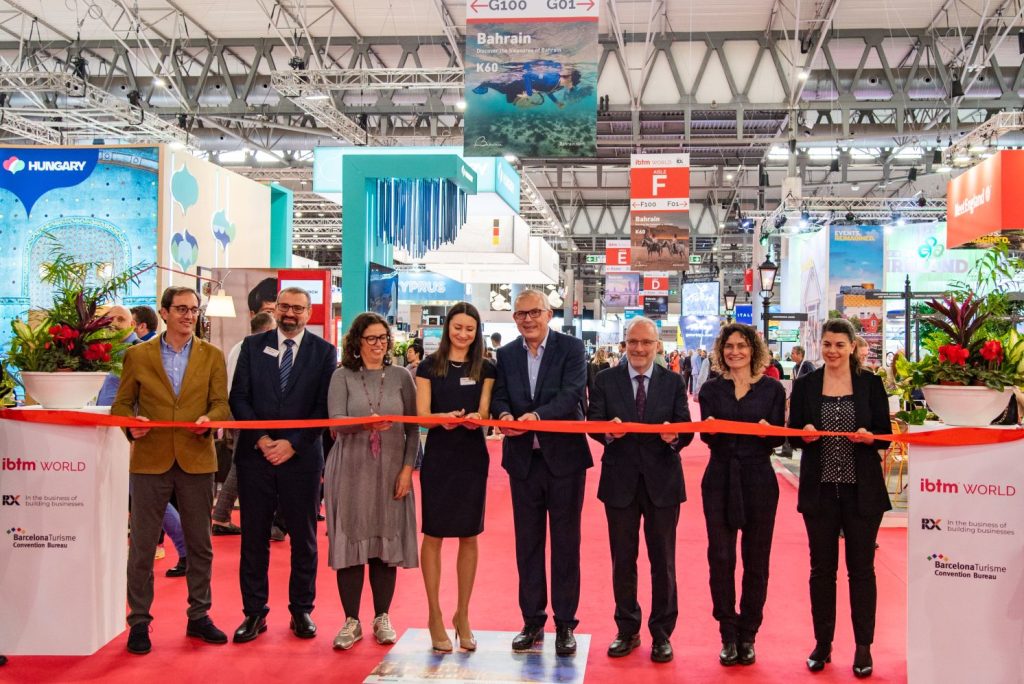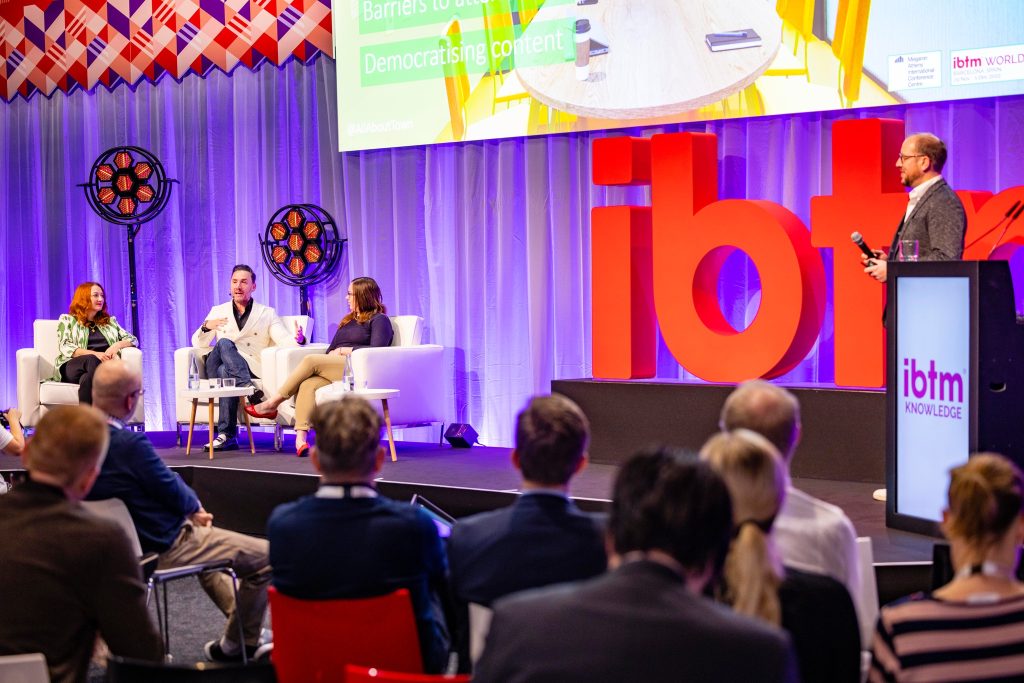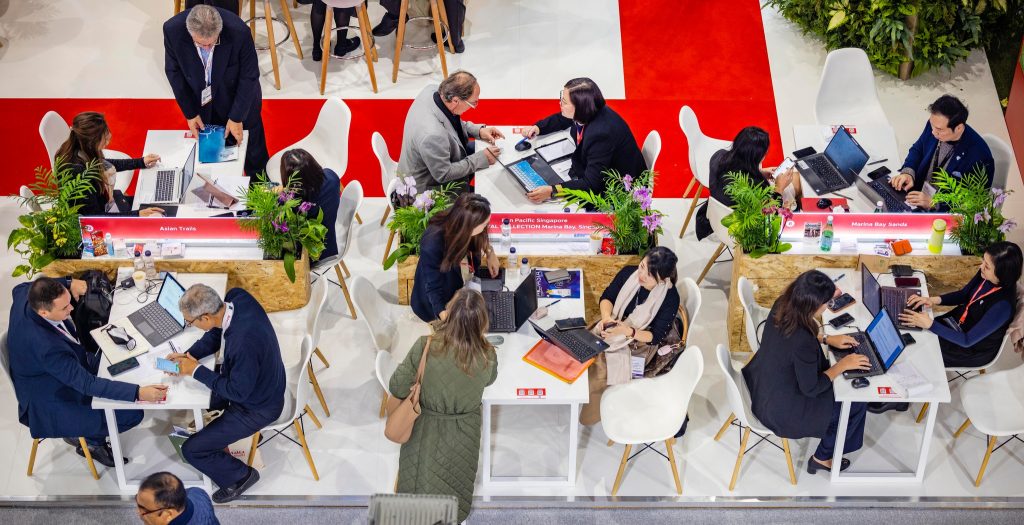An essential tool to calculate the risk of your next event

Share news
Listen
The tool, created by researchers from the prestigious MIT, can be seen at Indoor Covid Safety. It is simple, easy to use, fast (don’t miss the tabs, you have to put information in several of them). It asks you to enter several factors that influence the level of risk: size of the room, height of ceilings, type of ventilation, if people wear masks and which ones, if they speak or listen or sing (we warn you, singing is horrible!). And based on this, it tells you how many people you can have in the room, for how long, assuming that one person has the virus and you do not want them to infect others.
One dimension of this tool is especially important: time, which is not part of any official norm. It seems that being together in a room for 10 minutes or four hours is the same at the risk level, but it is a key factor, due to the accumulation of particles in the air. This lack of focus on time (which can be difficult to put into law, it is true), is a clear gap in the norm, but also in our knowledge of contagion factors.
We have done a modeling for you, which we indicate here.
Let’s say you have a 100m2 room, with ceilings a little over 2m high, without ventilation, and participants speaking with masks with no quality guarantee (cotton masks). You can have 25 people for just 34 minutes. In other words, filling a 100m2 room with only 25 people, you may think you are fine, but you are not: 34 minutes is nothing. But don’t lose hope: it just means that you have to play with other elements to increase this duration, from giving away quality masks to ventilating the room or putting air purification machines. How do these 34 minutes evolve if…?
– You reduce attendance to 10 people – the 34 minutes become 66.
– Attendees put quality masks – 34 minutes become 62… even 4 hours if they are surgical masks. Maybe you want to think about offering masks at your event.
– You open the windows and put a fan to circulate the air – the 34 minutes become 82. You can also think of purifying machines to increase even more.
– They remove the mask (to eat for example) – 34 minutes become 15 minutes, so be careful, if you have a meal, it is very important that people put the mask between dishes.
– The ceiling height is not 2.2m but 5m – 34 minutes become 50 minutes.
– You make the diners not talk – the 34 minutes become 5 hours! Put on a good show, and it’s done! Conversely, if they speak loudly, the 34 minutes become 22 minutes (don’t ask them to talk about football!), and even worse, if they sing, to 7 minutes!
An easy tool, but above all a way of thinking. Your event combines a number of risk factors and you, as a responsible organizer, have many tools to reduce this risk.











